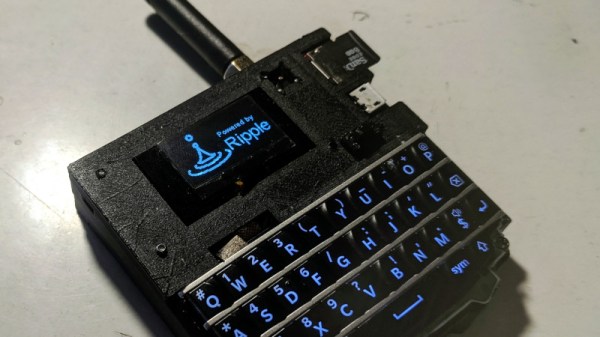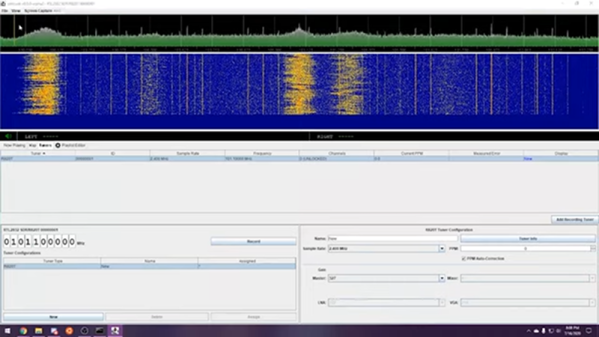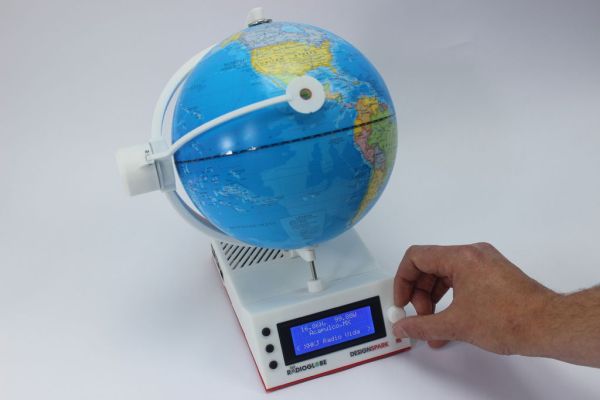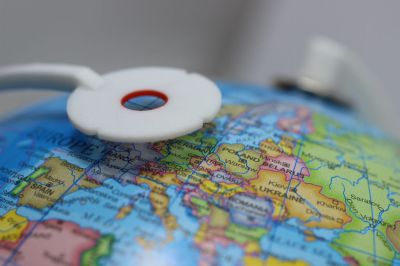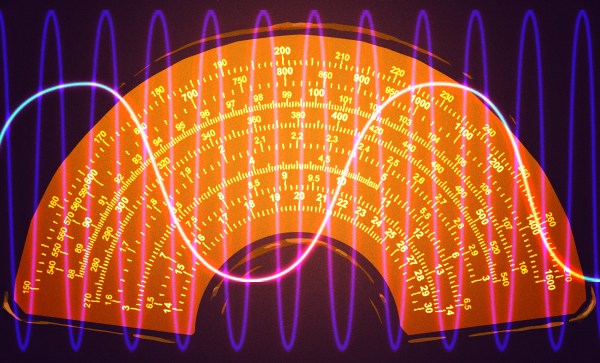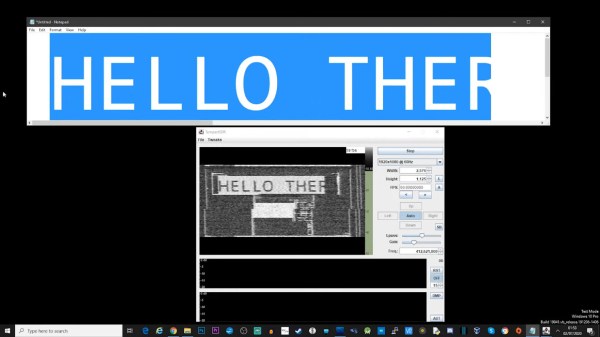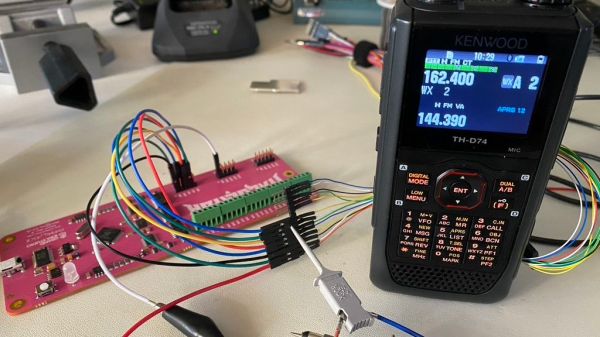We are fortunate to live in an age surrounded by means of easy communication, and like never before we can have friends on the other side of the world as well as just down the road. But as many readers will know, this ease of communication comes at a price of sharing public and commercial infrastructure. To communicate with privacy and entirely off-grid remains an elusive prize, but it’s one pursued by Scott Powell with his LoRa QWERTY Messenger. This is a simple pager device that forms a LoRa mesh network with its peers, and passes encrypted messages to those in the same group.
At its heart is a LoRa ESP32 module with a small OLED display and a Blackberry QWERTY keyboard, and an SD card slot. The device’s identity is contained on an SD card, which gives ease of reconfiguration. It’s doubly useful, because it is also a complement to his already existing Ripple LoRa communication project, that uses a smartphone as the front end for a similar board.
We feel this type of secure distributed communication is an exciting application for LoRa, whether it be for kids playing at being spies or for more serious purposes. It’s certainly not the first such project we’ve featured.

